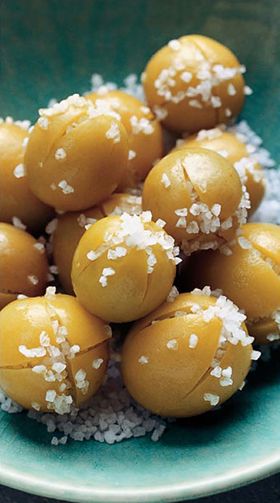Ghillie Basan - Tagine: Spicy stews from Morocco
Here you can read online Ghillie Basan - Tagine: Spicy stews from Morocco full text of the book (entire story) in english for free. Download pdf and epub, get meaning, cover and reviews about this ebook. year: 2014, publisher: Ryland Peters & Small, genre: Home and family. Description of the work, (preface) as well as reviews are available. Best literature library LitArk.com created for fans of good reading and offers a wide selection of genres:
Romance novel
Science fiction
Adventure
Detective
Science
History
Home and family
Prose
Art
Politics
Computer
Non-fiction
Religion
Business
Children
Humor
Choose a favorite category and find really read worthwhile books. Enjoy immersion in the world of imagination, feel the emotions of the characters or learn something new for yourself, make an fascinating discovery.
- Book:Tagine: Spicy stews from Morocco
- Author:
- Publisher:Ryland Peters & Small
- Genre:
- Year:2014
- Rating:5 / 5
- Favourites:Add to favourites
- Your mark:
Tagine: Spicy stews from Morocco: summary, description and annotation
We offer to read an annotation, description, summary or preface (depends on what the author of the book "Tagine: Spicy stews from Morocco" wrote himself). If you haven't found the necessary information about the book — write in the comments, we will try to find it.
Few meals are more satisfying than a hearty tagine--the rich, fragrant Moroccan stew that is served from its own elegant cooking vessel, also called a tagine. Meat, poultry, fish, or vegetables are simmered gently in the steam of the pots conical lid, and the food, deliciously flavored with spices and fruit, remains tender and moist. In Ghillie Basans collection of aromatic tagines you will find some of the best-loved classics of the Moroccan kitchen, such as Lamb Tagine with Prunes, Apricots, and Almonds, and the tangy Chicken Tagine with Green Olives and Lemon. Also included are less traditional but equally delectable recipes for beef and meatball tagines. If you enjoy a succulent fish dish, you can try Monkfish Tagine with Potatoes, Cherry Tomatoes, and Olives, or Red Mullet with Lemon and Mint. For vegetarians there is a varied choice, from a sweet, syrupy tagine of Yams, Carrots, and Prunes to a summery dish of Artichoke Hearts with Peas and Saffron. Every recipe includes suggestions for accompaniments and side dishes. The perfect introduction to the distinctive tastes of Morocco.
Ghillie Basan has worked in different parts of the world as a cookery writer, restaurant critic and journalist. She is Cordon Bleu trained and has a degree in Social Anthropology. She has written a number of highly acclaimed books on classic cuisines of the Middle East and South-east Asia, and her food and travel articles have appeared in the Sunday Herald, Scotland on Sunday and BBC Good Food Magazine.
Ghillie Basan: author's other books
Who wrote Tagine: Spicy stews from Morocco? Find out the surname, the name of the author of the book and a list of all author's works by series.


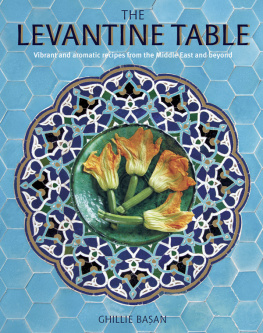
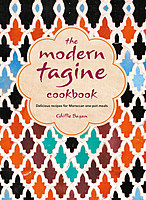
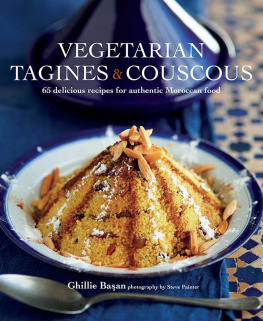
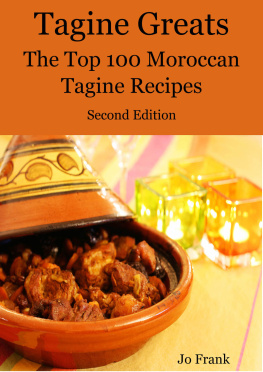
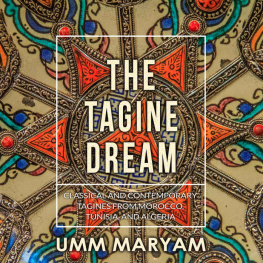
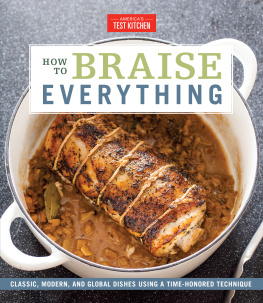

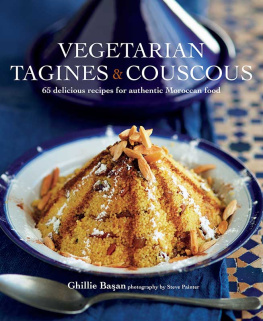
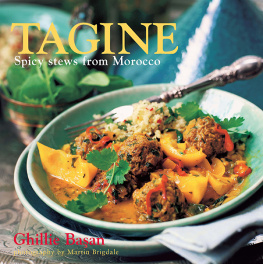

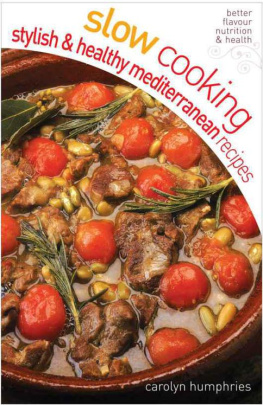
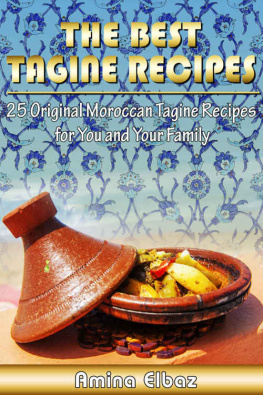


 TAGINE Spicy stews from Morocco Ghillie Baan photography by Martin Brigdale
TAGINE Spicy stews from Morocco Ghillie Baan photography by Martin Brigdale 
 Dedication For Monica. To shopping in Marrakesh! Acknowledgements I would like to thank the team at Ryland Peters & Small: Alison Starling, for inviting me to write this book, and Liz Sephton and Ann Baggaley for whipping it into shape. And I am thrilled that the ever-so-skilled Martin Brigdale took the photographs and, as always, made each one look stunningly appetizing. First published in Great Britain in 2007 by Ryland Peters & Small, Inc 519 Broadway, 5th Floor New York, NY 10012 www.rylandpeters.com 20 19 18 17 16 15 14 13 12 11 Text Ghillie Ba
Dedication For Monica. To shopping in Marrakesh! Acknowledgements I would like to thank the team at Ryland Peters & Small: Alison Starling, for inviting me to write this book, and Liz Sephton and Ann Baggaley for whipping it into shape. And I am thrilled that the ever-so-skilled Martin Brigdale took the photographs and, as always, made each one look stunningly appetizing. First published in Great Britain in 2007 by Ryland Peters & Small, Inc 519 Broadway, 5th Floor New York, NY 10012 www.rylandpeters.com 20 19 18 17 16 15 14 13 12 11 Text Ghillie Ba an 2007 Design and photographs Ryland Peters & Small 2007 Printed in China
an 2007 Design and photographs Ryland Peters & Small 2007 Printed in China  For digital editions visit rylandpeters.com/apps.php The authors moral rights have been asserted. All rights reserved.
For digital editions visit rylandpeters.com/apps.php The authors moral rights have been asserted. All rights reserved. 
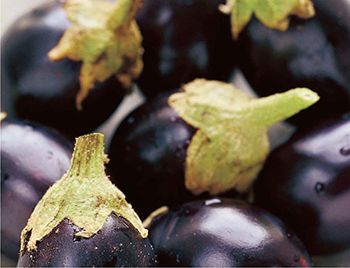 Library of Congress Cataloging-in-Publication Data Basan, Ghillie.
Library of Congress Cataloging-in-Publication Data Basan, Ghillie. 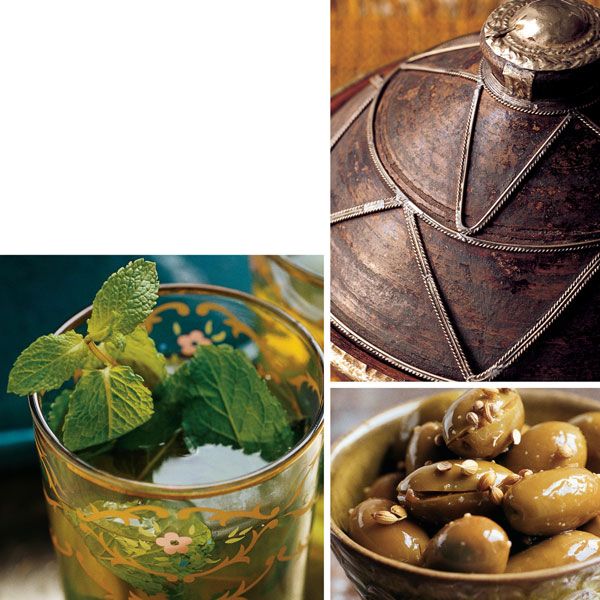 The classic dish from the region of North Africa known as the MaghrebMorocco, Tunisia, and Algeriaa tagine is a glorified stew worthy of poetry. Aromatic and syrupy, zesty and spicy, or sweet and fragrant are just some of the words that come to mind. A dish of tender meat or succulent vegetables, simmered to perfection in buttery sauces with fruit, herbs, honey, and chiles, an authentic tagine is in a class of its own and has become a fundamental feature of Moroccan cuisine.
The classic dish from the region of North Africa known as the MaghrebMorocco, Tunisia, and Algeriaa tagine is a glorified stew worthy of poetry. Aromatic and syrupy, zesty and spicy, or sweet and fragrant are just some of the words that come to mind. A dish of tender meat or succulent vegetables, simmered to perfection in buttery sauces with fruit, herbs, honey, and chiles, an authentic tagine is in a class of its own and has become a fundamental feature of Moroccan cuisine. 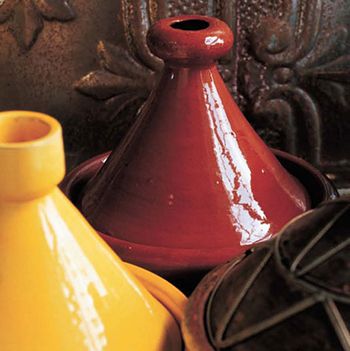 The name tagine (sometimes spelled tajine) is also given to the vessel in which the food is cooked: a shallow, round, earthenware pot with a unique conical lid designed to lock in moisture and flavors, cooking the food gently in a small amount of liquid. The finished dish can either be served piping hot straight from its cooking vessel, or tipped into one of the decorative versions of the pot, glazed in beautiful shades of blue and green, to take to the table.
The name tagine (sometimes spelled tajine) is also given to the vessel in which the food is cooked: a shallow, round, earthenware pot with a unique conical lid designed to lock in moisture and flavors, cooking the food gently in a small amount of liquid. The finished dish can either be served piping hot straight from its cooking vessel, or tipped into one of the decorative versions of the pot, glazed in beautiful shades of blue and green, to take to the table. TAGINE ESSENTIALS At the heart of an authentic tagine you will find several traditional ingredients that are indispensable if you want to achieve the delightful balance of hot, spicy, sweet, and tart. preserved lemons
TAGINE ESSENTIALS At the heart of an authentic tagine you will find several traditional ingredients that are indispensable if you want to achieve the delightful balance of hot, spicy, sweet, and tart. preserved lemons 